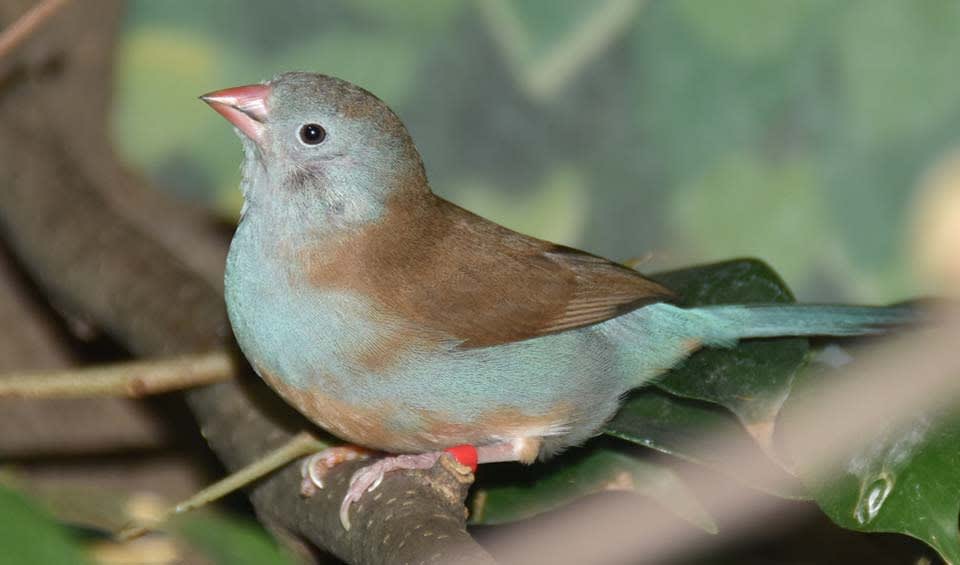Estrildidae – Waxbills and allies
Their plumage comes in a kaleidoscope of colors – fiery reds, sunny yellows, calming blues, and everything in between
The Estrildidae family, commonly known as waxbills, munias, and grass finches, comprises a vibrant and diverse group of small passerine birds primarily found across the tropical and subtropical regions of the Old World, including Africa, Asia, and Australasia. This family is known for its rich variety, boasting around 138 species, each possessing its own unique set of characteristics and adaptations that make them fascinating subjects of study and observation.
Members of the Estrildidae family typically exhibit compact bodies, short tails, and relatively strong, conical beaks—an ideal shape for their primarily seed-based diet, though they also occasionally consume small insects. The size of these birds can vary from 9 to 15 cm (4 – 6 in) in length, making them delightful and manageable subjects for bird watchers and pet owners alike.
What truly sets the Estrildidae family apart is their often bright and striking plumage. The colors can range widely depending on the species, from the subtle, earthy tones of some munias to the vivid blues, greens, and reds of some waxbills and grass finches. This colorful plumage is not only a key feature for identification but also plays a crucial role in their breeding rituals, as birds often display their brightest feathers during the mating season to attract partners.
The social behavior of Estrildidae birds is another remarkable aspect. Many species are known for their gregarious nature, often seen in large flocks which can include hundreds of individuals during non-breeding periods. These flocks provide safety in numbers from predators as they forage on the ground for food. During the breeding season, however, they might pair off or form smaller groups to raise their young.
Genera in this family
Have been observed engaging in a behavior called “anting”
Famous for their love of rice, which is why they’re sometimes called rice birds
No bigger than your hand but it boasts a plumage as colorful as a rainbow




